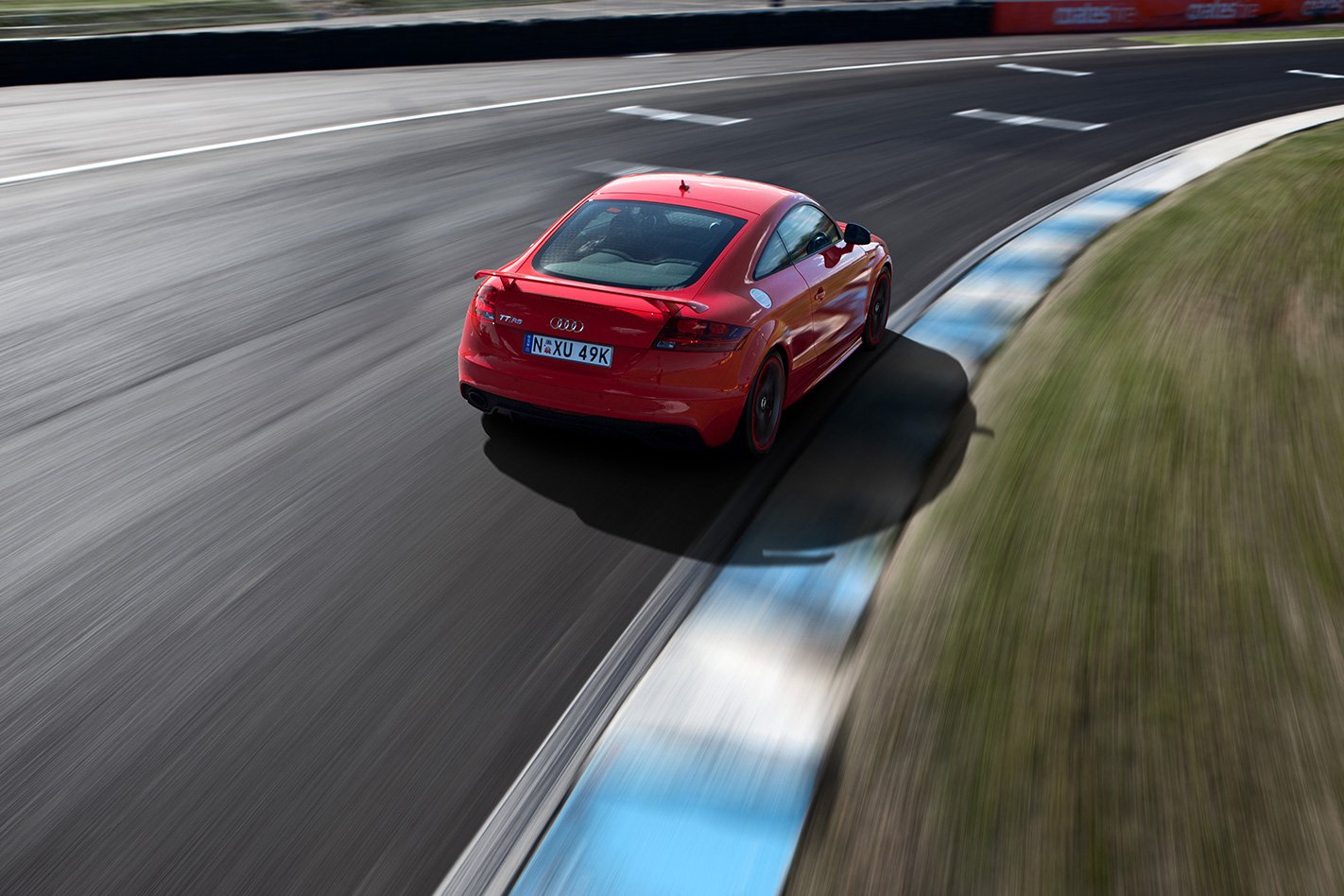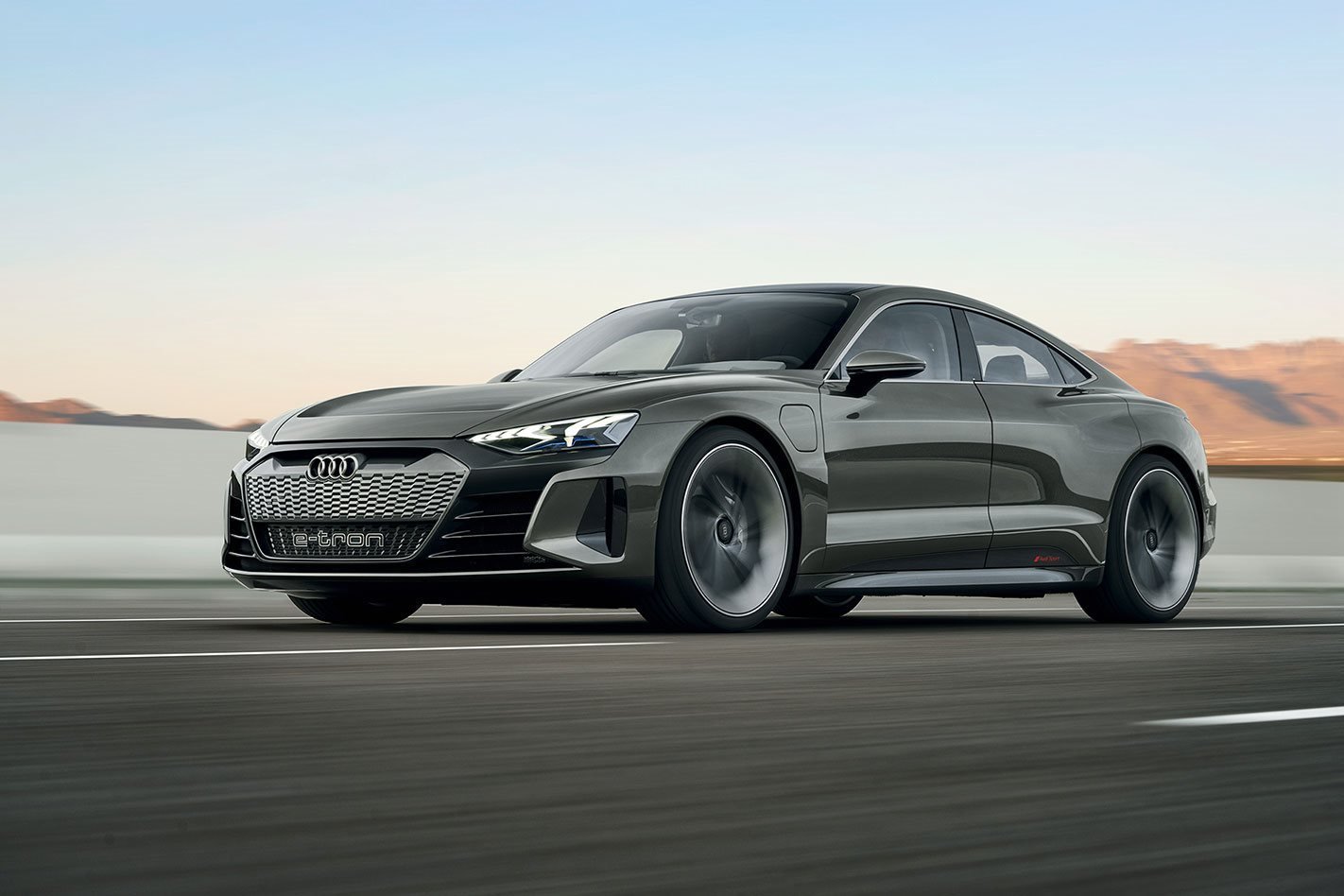
In our new Fast Facts series, WhichCar delves deep into the history of automotive brands to bring you fascinating facts and intriguing information.
Here we focus on Audi, a brand that has woken from two dormant periods to become one of the design and technology powerhouses of the automotive industry.
Listen up
August Horch formed Audi Autombilwerke in 1910 after leaving his eponymous company owing to a disagreement with partners. Barred from using his surname elsewhere, he used Latin inspiration. Where Horch is related to the basic verb horchen – to ‘listen’ – Audi is also a truncated version of the Latin translation of horchen: ‘audire’.
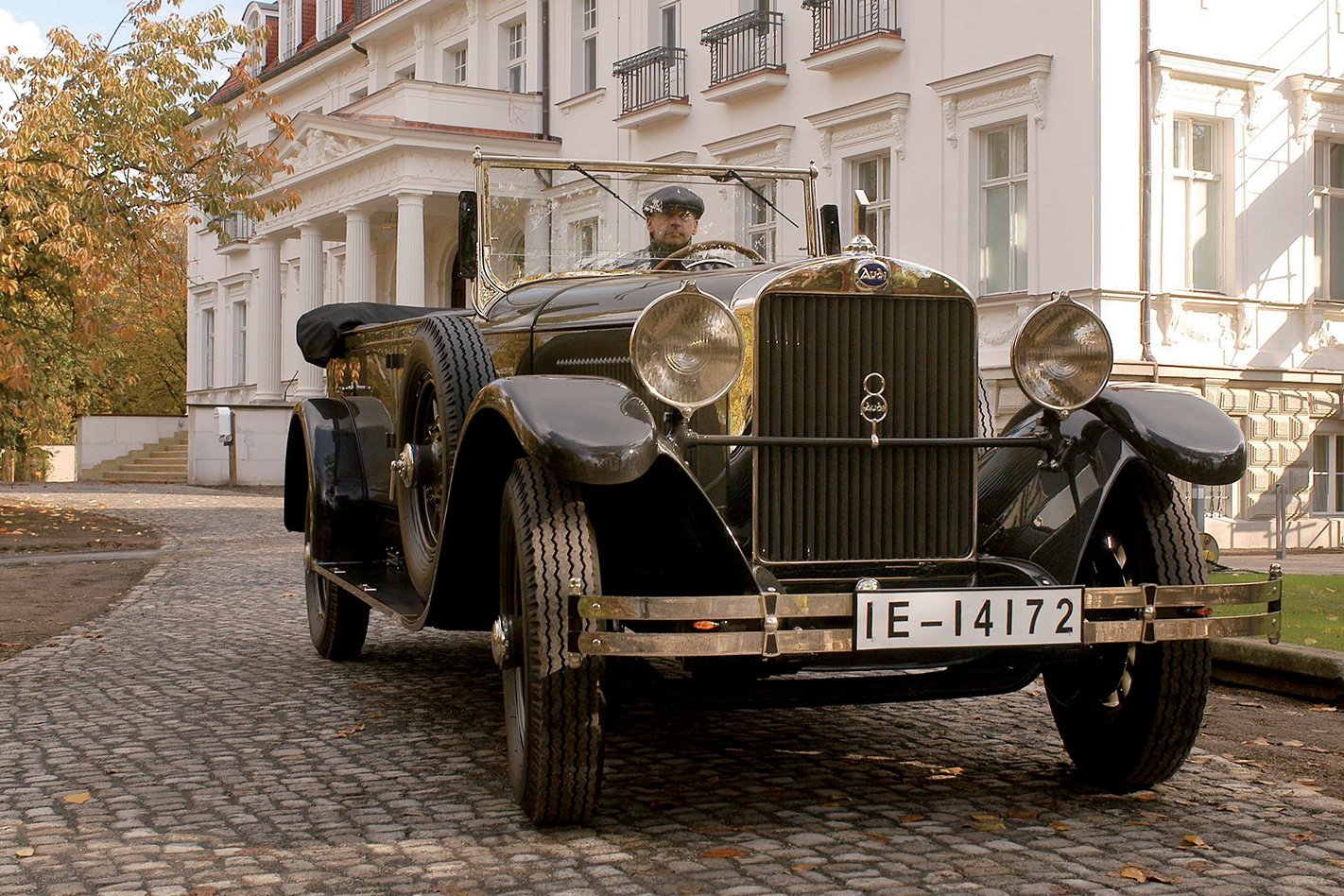
Union/Reunion
In 1932, the Audi and Horch brands were brought together along with companies called DKW and Wanderer to form the Auto Union. DKW had been a motorcycle manufacturer that had taken a controlling interest in Audi four years earlier. The four brands covered a breadth of the market, with DKW focused on lower budgets, Audi and Wander responsible for mid-range models, and Horch taking the high end. Horch himself was invited onto the supervisory board, passing away in 1951 aged 82.
Four rings
The four interlocked rings of Audi’s famous badge are retained from the days of Auto Union racing cars, with the rings representing each of the previously independent marques. The emblem first appeared on the Auto Union racing cars from 1934 onwards that, together with the rival Mercedes cars, would be dubbed the Silver Arrows. The first vehicles to wear the badge didn’t come until after the Second World War and were actually DKW models.
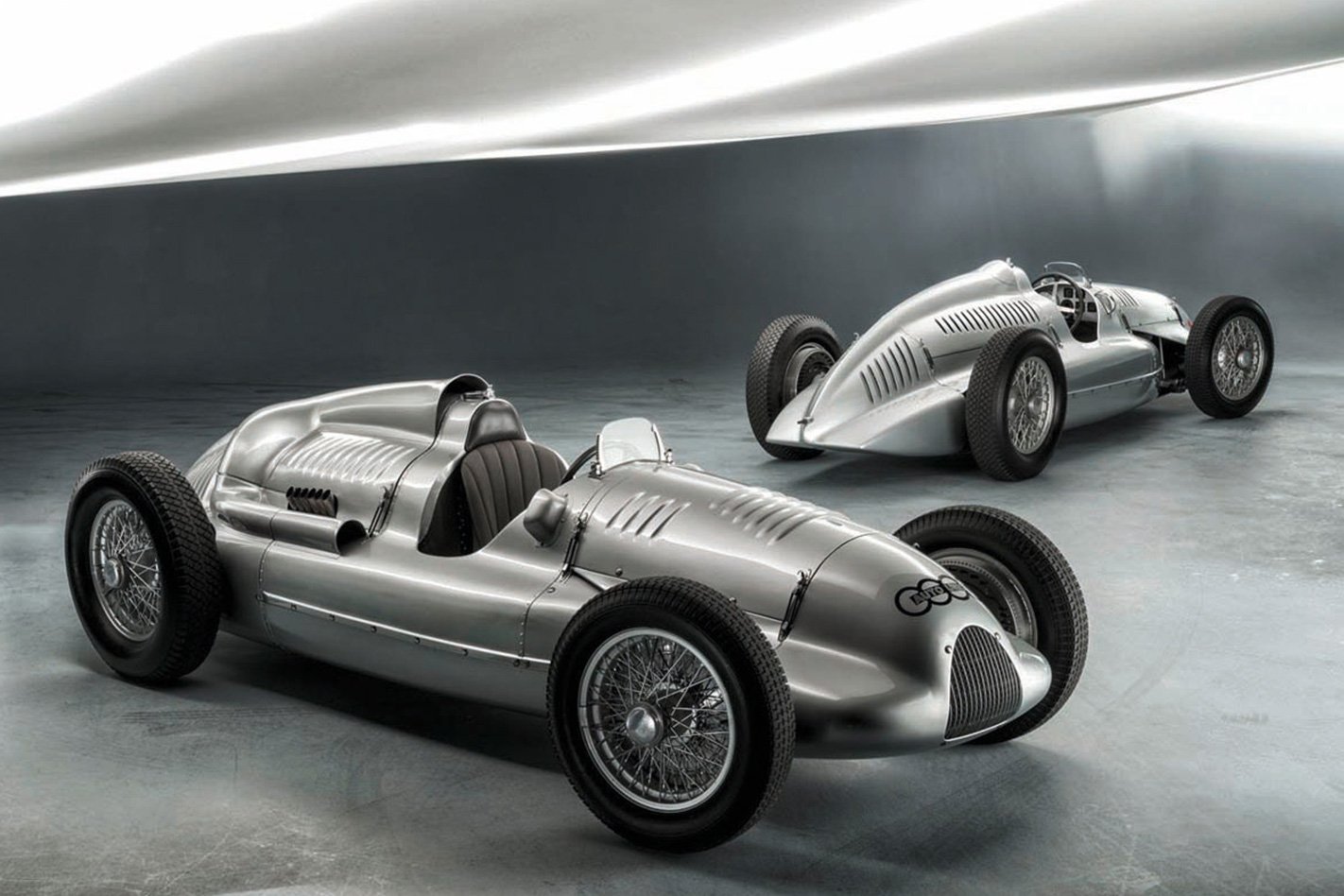
Olympic battle
The International Olympic Committee – somewhat belatedly – decided to sue Audi for trademark infringement in 1995, claiming the four-ring badge was too similar to the famous five rings associated with The Games. Today’s Audis reveal the winner of that court battle.
From Daimler-Benz to Volkswagen
The parent company of great rival Mercedes-Benz once owned Audi, taking a majority shareholding in the Auto Union conglomerate in 1958. Having done little with its acquisition, Daimler sold on to Volkswagen six years later. In 1965, the modern-day Audi was born as VW planned to take on BMW – starting with the Audi 60 that was based on a DKW F102 sedan and used a new VW 1.7-litre four-cylinder engine. The 60 was the first Audi passenger car in 25 years.
“Vorsprung durch technik” slogan older than Audi AG
Audi’s famous advertising slogan – which translates as “progress through technology” – was introduced in 1971, yet Audi only became a company name again in its own right in 1985 – following yet another merger, in 1969, when VW purchased the NSU brand and formed Audi NSU Auto Union.
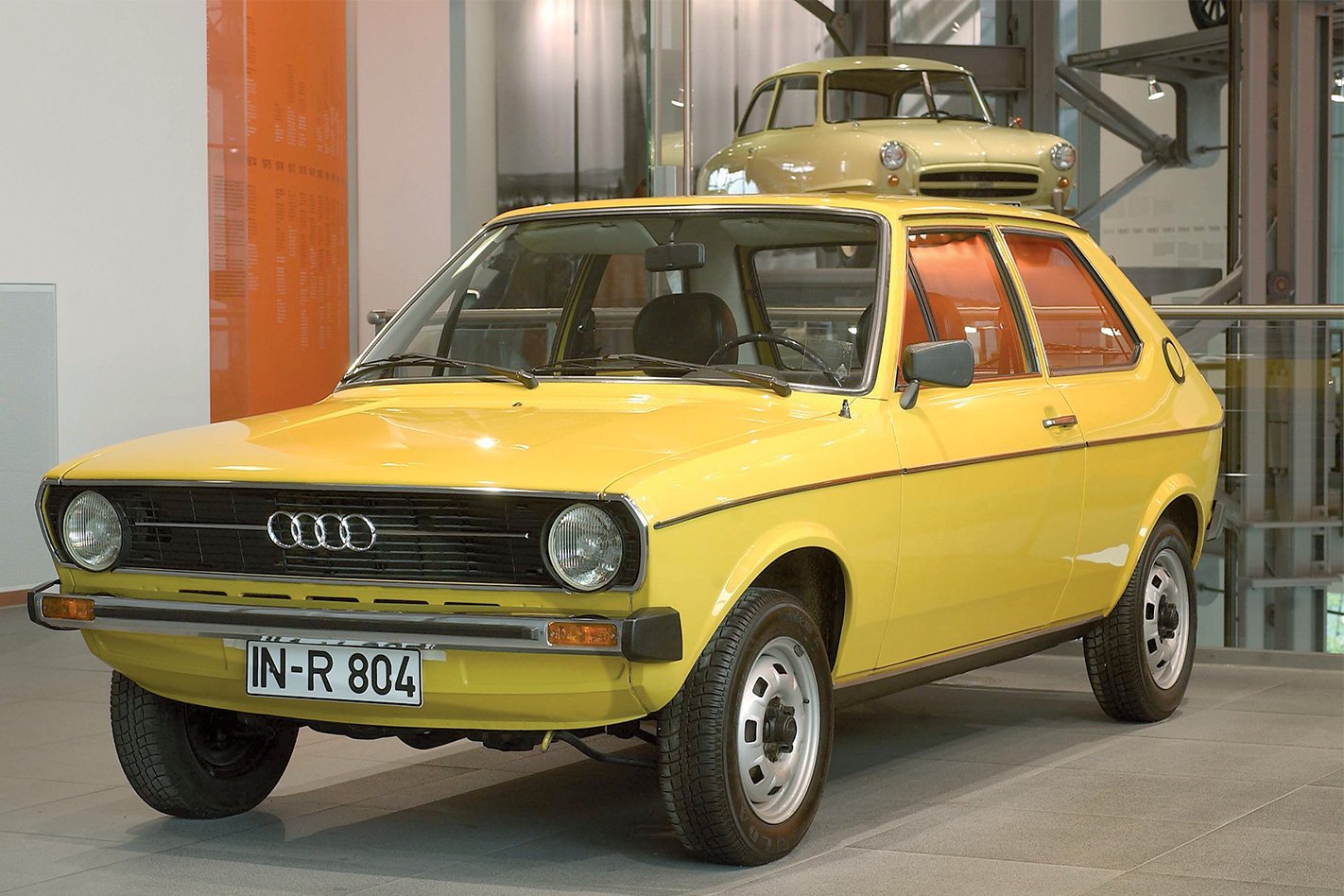
Audi inspires VW product revolution
After decades of rear-wheel-drive models such as the Beetle and its derivatives, Volkswagen followed Audi’s front-drive lead from the 1970s onwards. The first key model was the 1973 VW Passat, and a year later came the world’s most famous hatchback: the VW Golf.
Porsche connection
Audi’s ties with fellow VW Group company Porsche date back to 1933, when Ferdinand Porsche helped build the Auto Union grand prix racers. His grandson Ferdinand Piech would also become an instrumental player in varying roles within Audi and the VW Group between 1974 and 2015. The 1976 Porsche 924 entry-level sports car featured a fuel-injected VW 2.0-litre engine from the Audi 100, while Porsche was involved in the development of Audi’s first RS performance model – the RS2 (which even featured the same wheels as the 911 Turbo of the time).
Quattro gets traction
Audi’s birth as a progressive, aspirational brand can be traced to the 1981 Monte Carlo rally. After an Audi 80 won the 1979 Trifels Rally, the brand developed a motorsport version of its 1980 Quattro featuring the same drivetrain combination of turbocharged five-cylinder engine and all-wheel drive. On that 1981 rally debut, the Quattro caused a stir when it overtook a rear-wheel-drive Lancia Stratos after just 10km despite starting a minute behind.
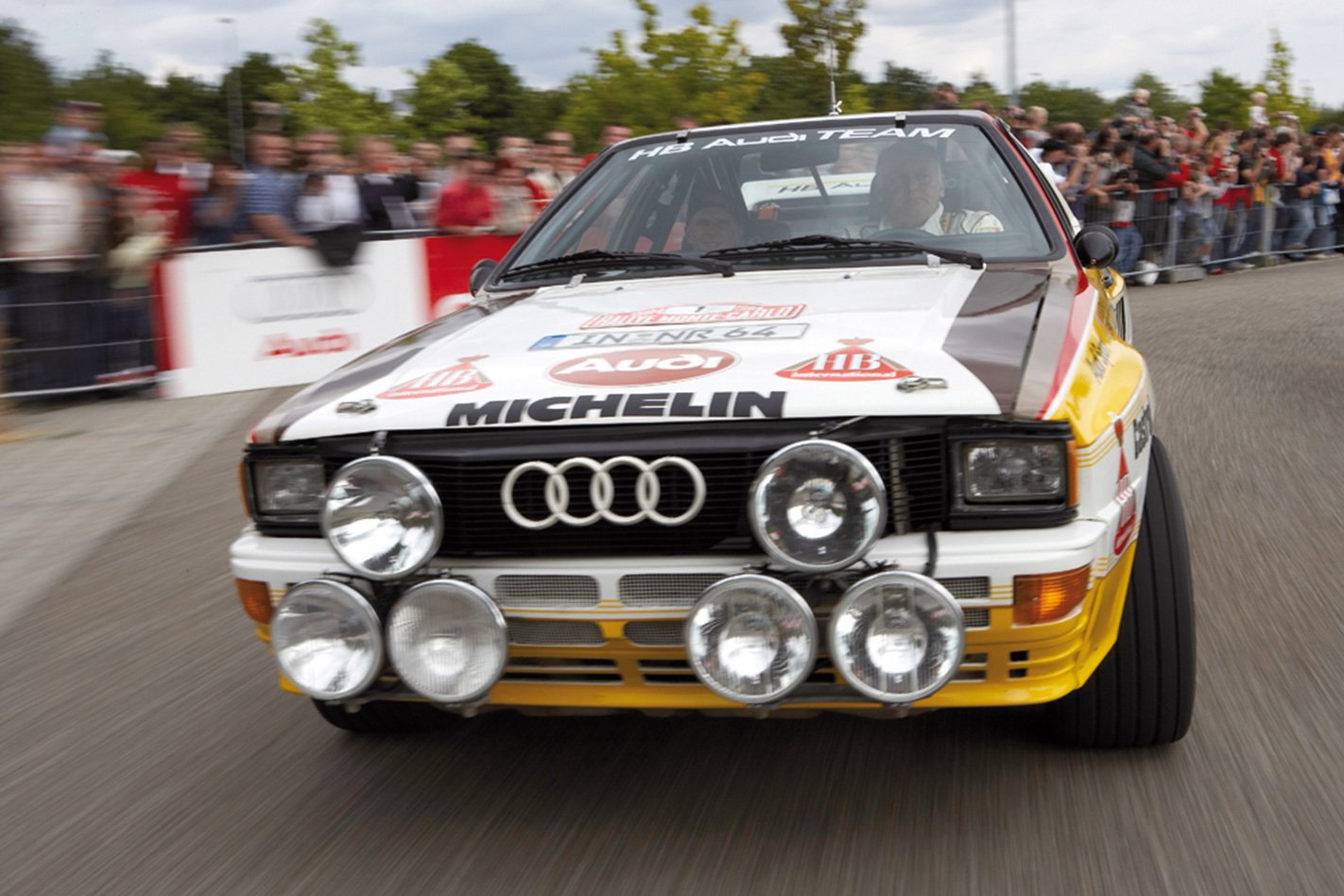
The Audi Quattro went on to dominate the World Rally Championships the following three years, with constructors’ victories in 1982 and 1984, and drivers’ titles in 1983 and 1984. The company’s all-wheel-drive systems today adopt the ‘quattro’ name, while the performance subsidiary responsible for Audi’s RS models and R8 supercar is called Quattro GmbH. Just in case you’re wondering why Audi marketeers chose the Italian word for ‘four’, the German translation is ‘vier’. Not quite as attractive, we think you’ll agree.
Enduring success
Audi’s success in motorsport may have started in rallying but its entry to the famous Le Mans 24 Hour endurance race is a story of remarkable domination. The company has won 13 of the past 18 events, having first won with the R8 in 2000. It has most recently competed with the R18 e-tron petrol-electric hybrid, though It’s most notable race car is arguably the R10 TDI that pioneered diesel engines in an endurance race context – cunningly taking advantage of the fuel’s slower-burning characteristics to crucially limit the number of (time-consuming) pit-stops required during the race.
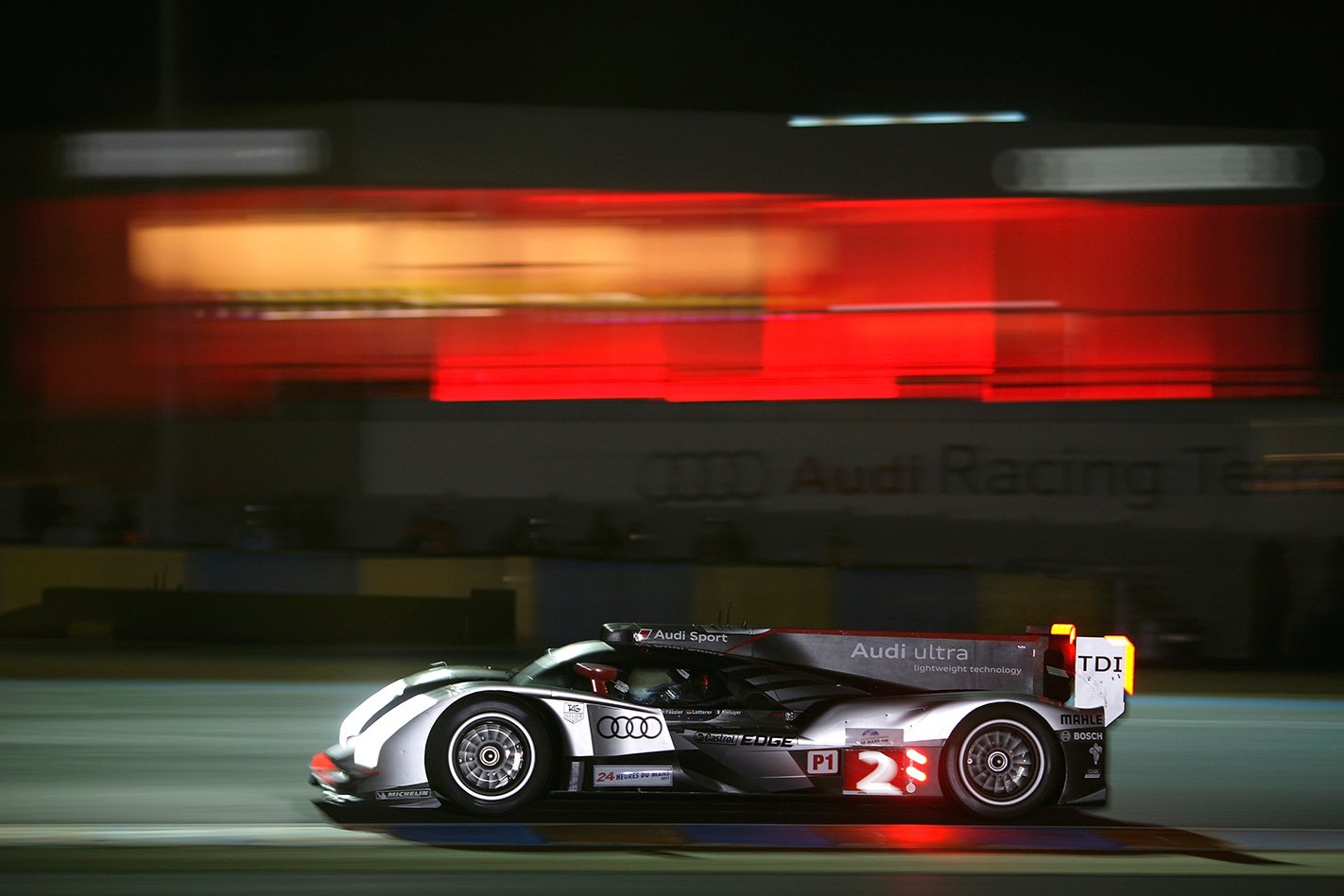
Aluminium
Audi has been one of the leaders in aluminium usage in car manufacturing, appreciating early the lighter metal’s many benefits that include improved fuel efficiency, safety and driving dynamics. After presenting two high-profile concept cars in 1991 – the Quattro Spyder and Avus Quattro – made from the more advanced material, the Audi A8 limo debuted in 1994 with an all-aluminium body. In 2000, Audi made the bold move to introduce an aluminium city car called the A2. Its relatively high price for it segment – forced by its production costs – meant sales struggled, though many regard it as a car before its time.
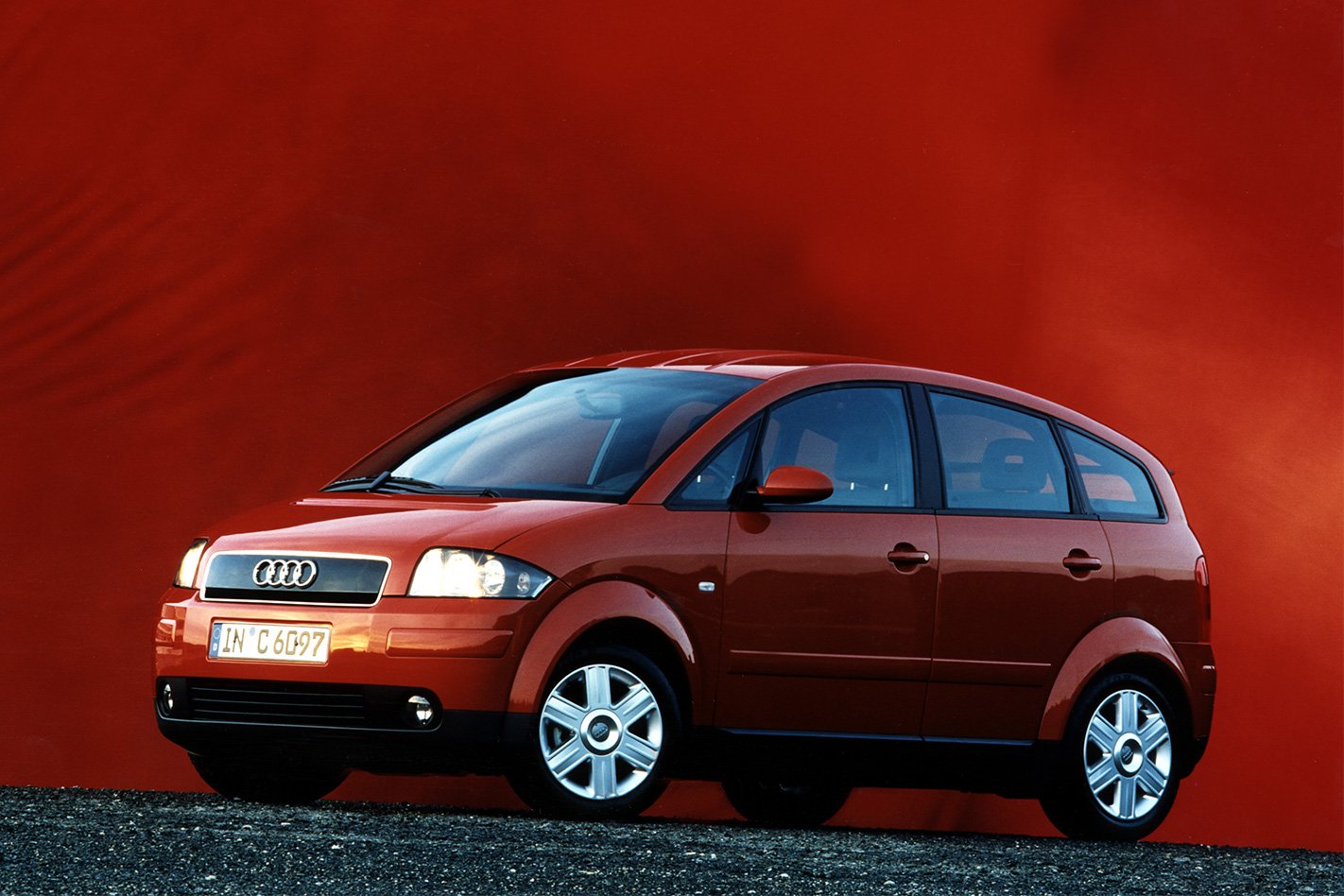
Lamborghini link inspires first supercar
Audi bought Italian supercar brand Lamborghini in 1998, and the quality of Lambos since has never been higher. The tie-up, however, also helped Audi finance its very first supercar – the R8 that emerged to critical acclaim in 2006. It shared its fundamental architecture and engines with the Lamborghini Gallardo, while the second-generation R8 launched in 2017 is twinned with the Gallardo’s successor, the Huracan.
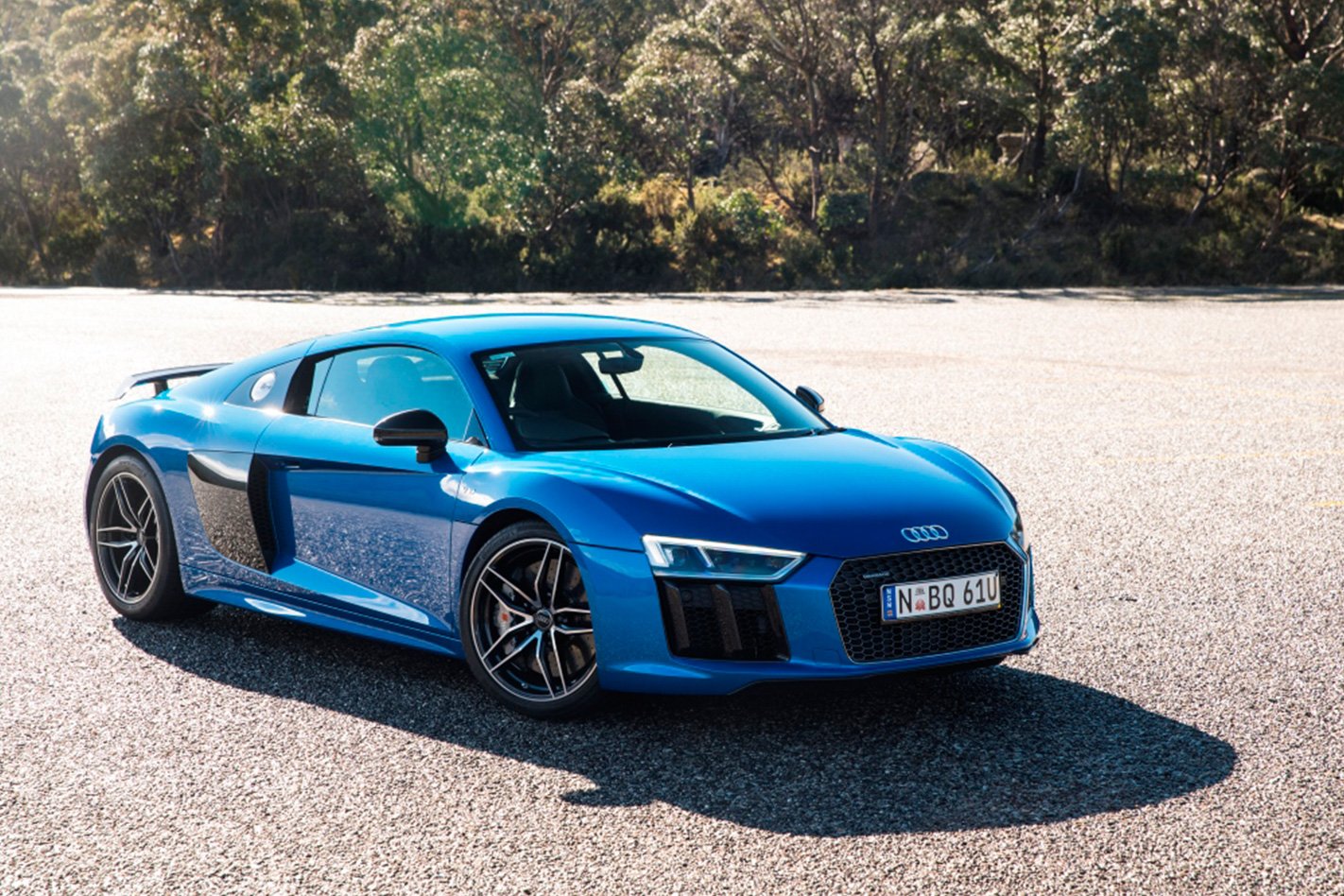
First to five
The 1977 Audi 100 introduced the world’s first production five-cylinder petrol engine, and the brand would make the distinctive configuration famous with the aforementioned Quattro three years later. The Audi TT RS, the fastest version of the company’s iconic sports car, and Audi RS3 and RSQ3 are three of the few models in the world to still feature a five-cylinder engine.
